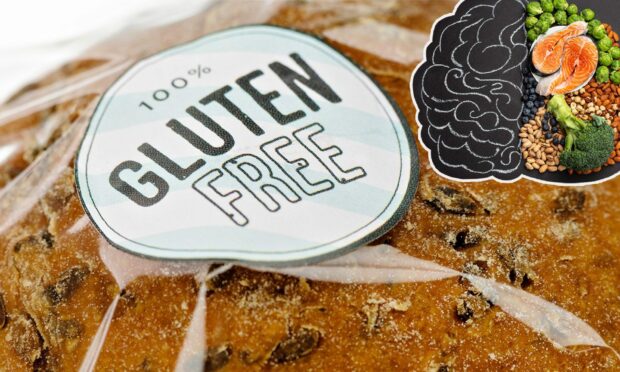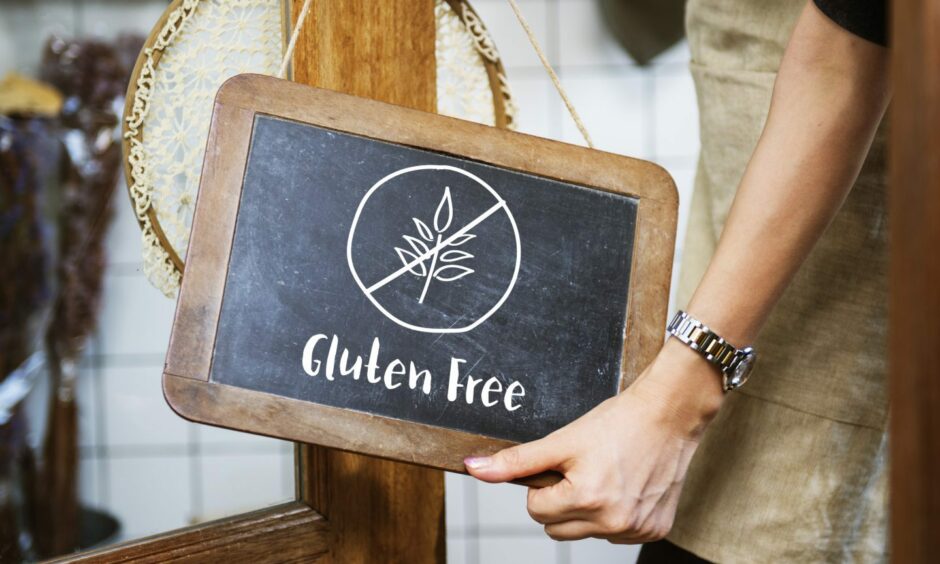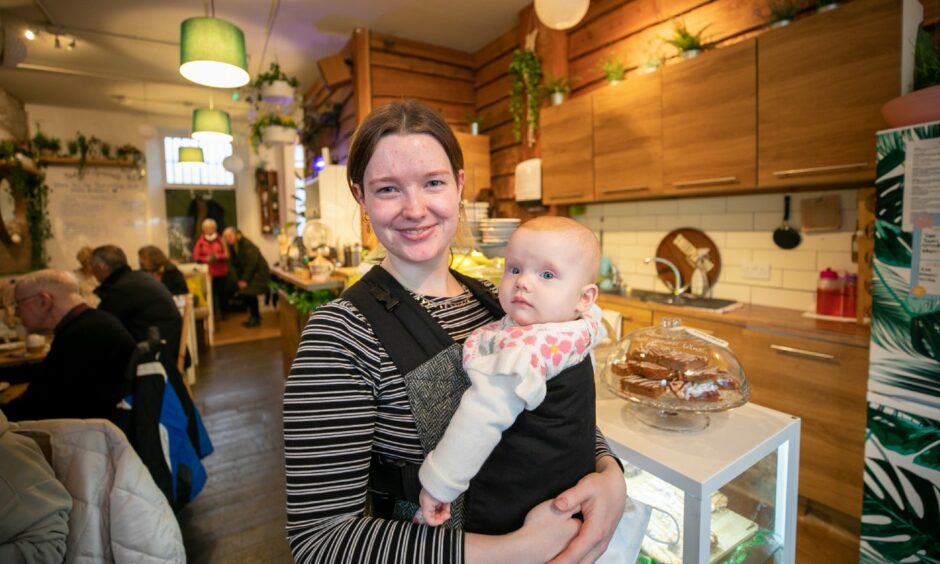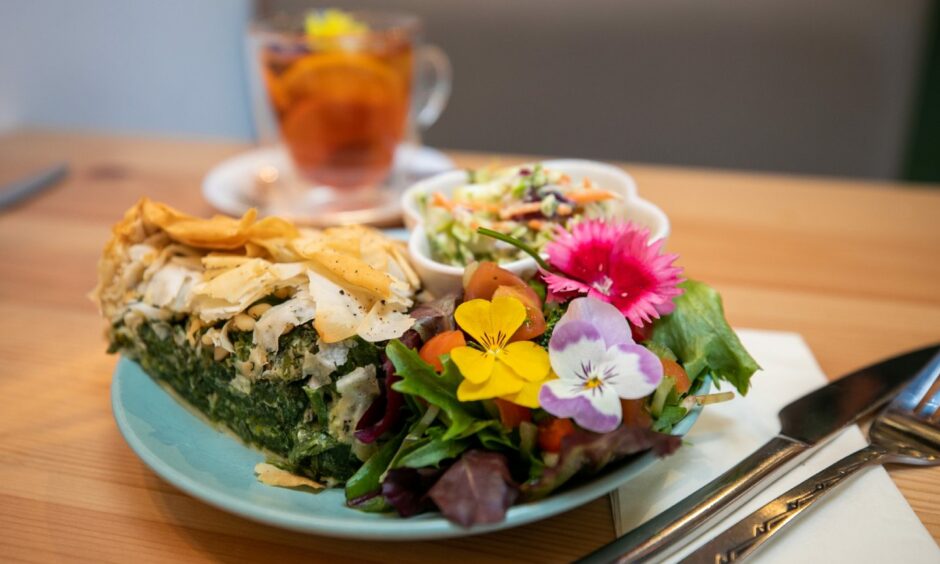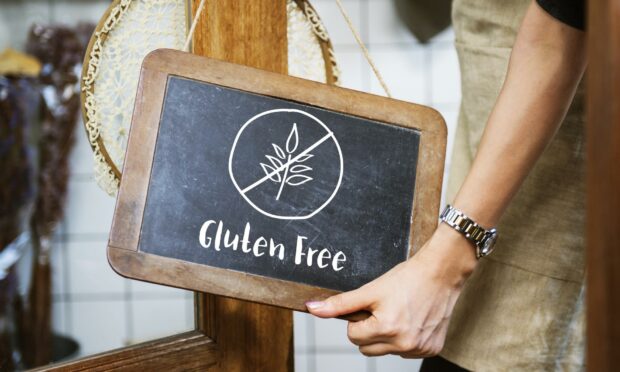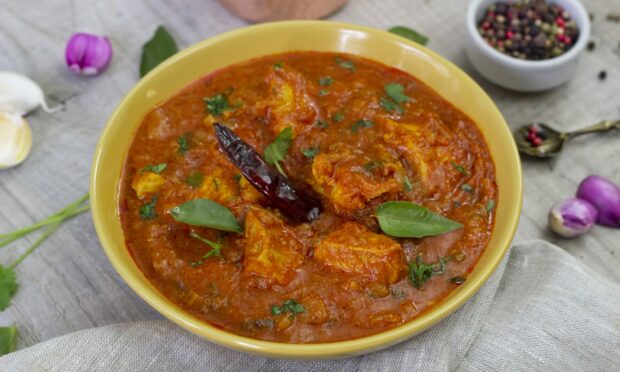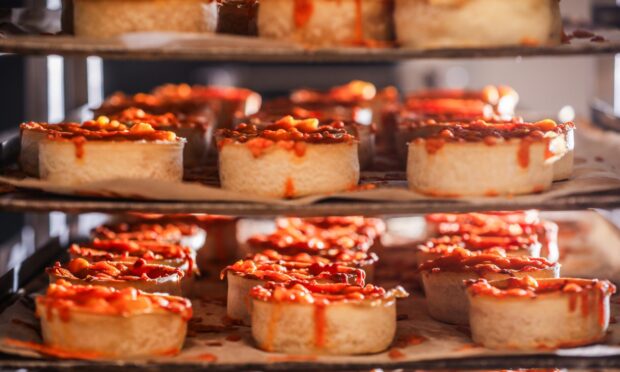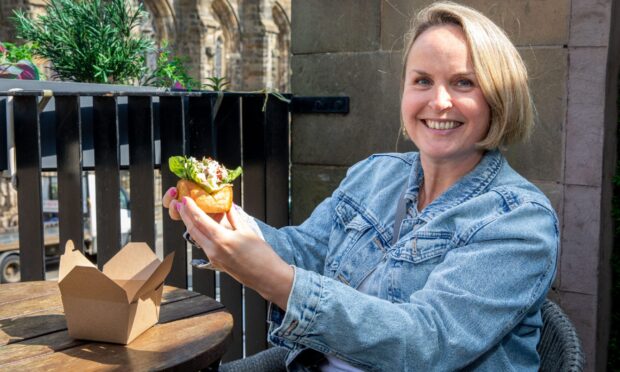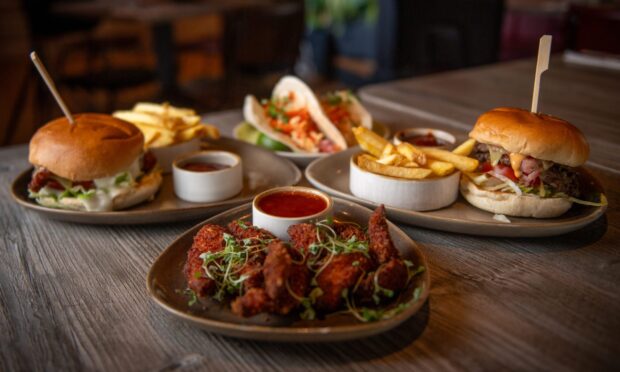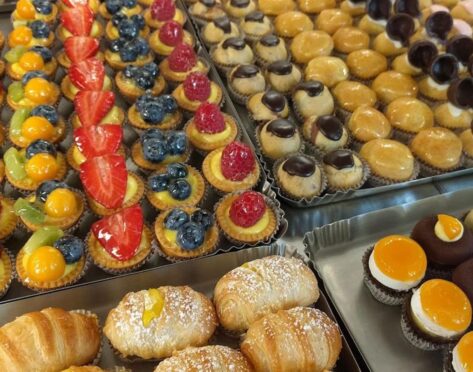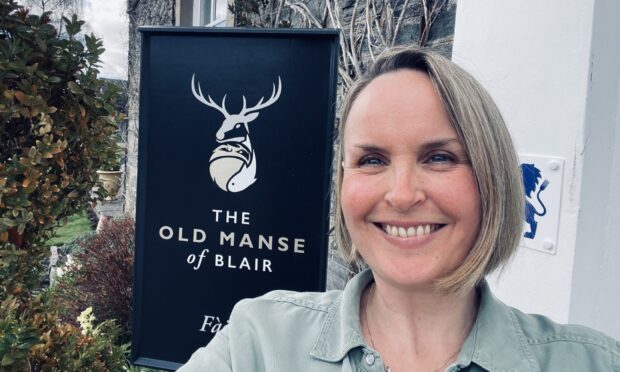Coeliac disease is estimated to affect more than 30,000 people in Scotland.
Here, we look at what it is like to live with the disease and offer some tips about gluten-free food.
Coeliac disease is a condition where your immune system attacks your own tissues when you eat gluten.
This damages your gut (small intestine), resulting in you being unable to take in nutrients.
Coeliac disease, according to the NHS, can cause a range of symptoms including diarrhoea, abdominal pain and bloating.
These adverse conditions are caused by foods containing wheat, barley and rye, such as breads, pasta, cakes and breakfast cereals.
This results in those who suffer from the disease turning to a gluten-free diet to avoid discomfort.
However, living with this condition can be extremely challenging for many people and can result in them having a bad relationship with dining out.
Speaking with Sweetpea cafe owner Zoe Lawson, 27, she talks about her experience serving customers who live with coeliac disease.
Zoe said: “Nowadays, it’s much easier than it used to be to get free-from food.
“For us, providing gluten-free is normal. You should be able to provide something for anyone who walks through your door.
“To go somewhere and be denied your basic need to eat isn’t very fair.”
For Zoe and her team, the most difficult thing their customers experience is finding food that is totally gluten-free from preparation to final dish.
Zoe said: “A lot of places, although they are offering it, they are not taking care with the procedures behind the scenes and cross-contamination.
“You need to make sure you are using clean boards, that surfaces are clean and everything is to the highest standard so that you don’t hurt anyone.
“The last thing you want is to go somewhere and order a free-from meal and then get ill. You would never go there again.”
Zoe advises that the best way to help gluten-free diners is to try to make the food taste as good as you can through trial and error.
She said: “Experimenting is key. Sometimes I make recipes and they don’t work because I am trying to make them free-from.
“It’s just about experimenting and getting it right, and I always try to make my food so you can’t tell its free-from.
“You don’t want to be eating something that doesn’t taste nice just because it is free-from.
“It should be just as nice as everything else.”
Since promoting their free-from options on social media, Zoe has seen a rise in customers with gluten-free, vegan and other dietary requirements.
“When we first opened we only had a couple of free-from items, and now half of what we offer is free-from.
“Because they see our social media and see what we offer, that is either gluten-free or other free-from options, it is pulling in a lot more free-from clientele.
Zoe believes vegan and gluten-free options are needed most, and trying to accommodate people with dietary requirements like gluten-free can encourage more customers to visit local establishments.
